Guajillo Scoville: A Spicy Journey Through Mexico’s Beloved Chile Pepper
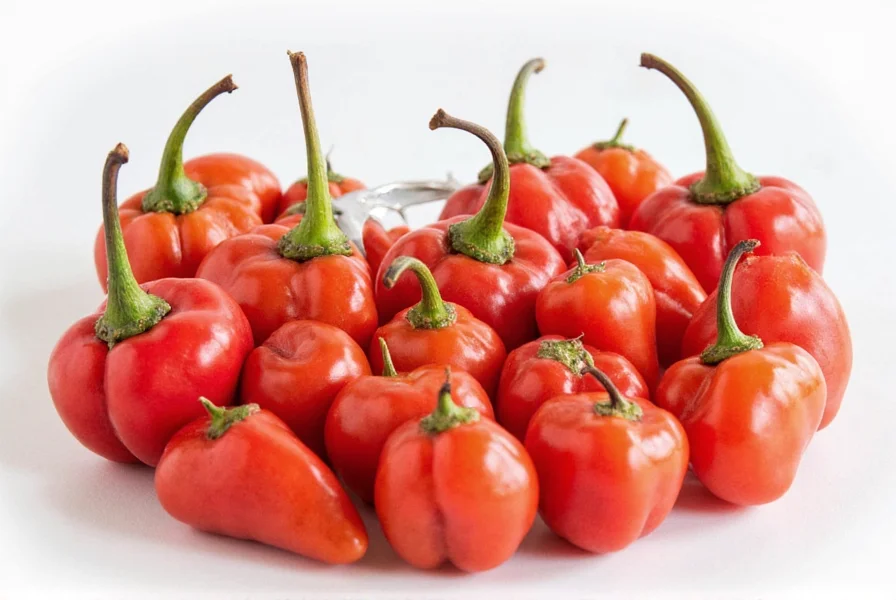
Table of Contents
- Introduction to the Guajillo Chile
- What is the Guajillo Scoville Rating?
- Flavor Profile and Culinary Uses
- How Does Guajillo Compare to Other Chiles?
- Buying Guide: Choosing the Best Guajillos
- Cooking Tips for Using Guajillo Peppers
- Frequently Asked Questions (FAQs)
- Conclusion
Introduction to the Guajillo Chile
When you think of Mexican cuisine, chiles are never far behind. From sizzling tacos to slow-simmered moles, peppers like the guajillo add flavor, color, and just the right amount of heat. Among the dozens of dried chiles used in Mexican kitchens, the guajillo pepper holds a special place as one of the most versatile and commonly used.
The guajillo chile is known for its rich, fruity flavor with a hint of berry and tea-like undertones. It's also got some bite — but not too much. That’s where the Scoville scale comes in. Let’s take a deep dive into what makes this pepper a kitchen staple across Mexico and beyond.
What is the Guajillo Scoville Rating?
The Scoville scale, developed by pharmacist Wilbur Scoville in 1912, measures how hot a chili pepper is by calculating the amount of capsaicin — the compound responsible for spiciness — it contains. The scale ranges from zero (like bell peppers) to millions (like the Carolina Reaper).
So, where does the guajillo fall on this fiery scale? Its Scoville Heat Units (SHU) range from 2,500 to 5,000 SHU. For reference:
- Bell Pepper – 0 SHU
- Jalapeño – 2,500–8,000 SHU
- Serrano – 10,000–23,000 SHU
- Cayenne – 30,000–50,000 SHU
- Habanero – 100,000–350,000 SHU
This means guajillo peppers are on the milder side, similar to or slightly hotter than a jalapeño. They’re perfect for people who want flavor with just a touch of fire.
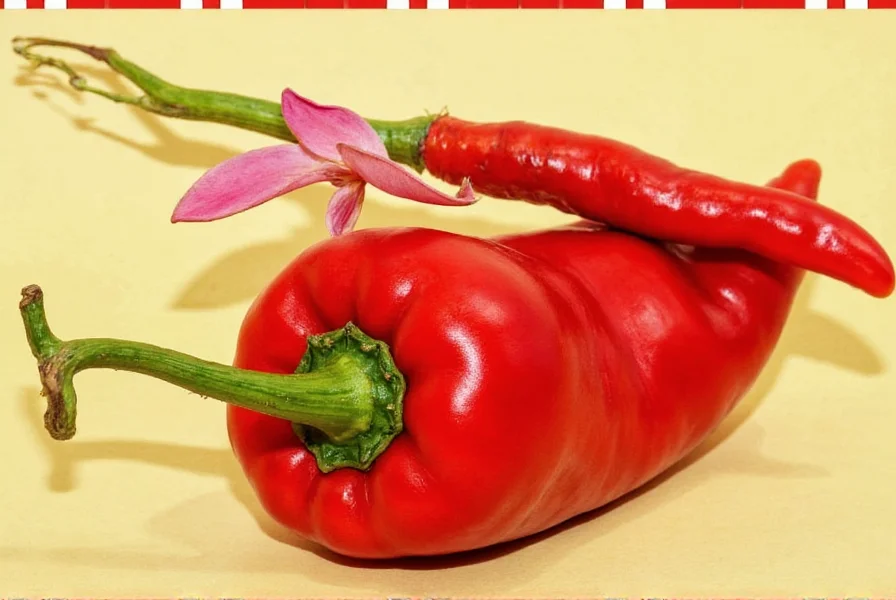
Flavor Profile and Culinary Uses
If you're looking for complexity without overwhelming heat, the guajillo is your friend. Here’s what you can expect when you use guajillo peppers in your cooking:
- Flavor Notes: Berry, citrusy, smoky, green tea-like, mild spice
- Texture: Thin, papery skin; firm enough to handle whole before rehydrating
- Color: Deep reddish-brown, almost mahogany
They’re often used in their dried form and rehydrated before being blended into sauces, soups, marinades, or pastes. Guajillos are a key ingredient in classic dishes like:
- Mole Poblano
- Chiles Rellenos
- Adobo sauces
- Pozole rojo
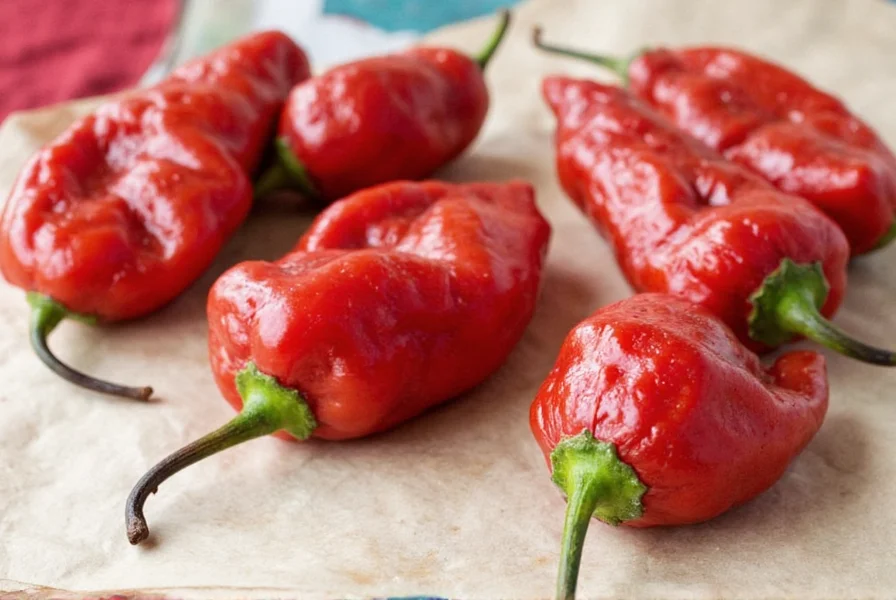
How Does Guajillo Compare to Other Chiles?
To better understand the guajillo, let’s compare it with other common chile peppers you might find in the pantry:
| Pepper | Scoville Range | Flavor Profile | Common Uses |
|---|---|---|---|
| Ancho | 1,000–2,000 SHU | Sweet, raisiny, earthy | Moles, sauces, adobos |
| Guajillo | 2,500–5,000 SHU | Fruity, citrusy, tea-like | Moles, soups, marinades |
| Chipotle | 2,500–8,000 SHU | Smoky, spicy, earthy | Salsas, meats, stews |
| Pasilla | 2,500–4,000 SHU | Fruity, chocolatey, herbaceous | Enchiladas, moles, tamales |
Guajillo is often paired with ancho and pasilla to create the holy trinity of mole ingredients. Together, they balance sweetness, fruitiness, and spice beautifully.
Buying Guide: Choosing the Best Guajillo Peppers
Not all guajillos are created equal. Here’s how to pick the best ones, whether shopping at a local market or online:
What to Look For
- Appearance: Vibrant red-brown color, smooth skin without cracks or mold
- Texture: Should feel pliable and leathery, not brittle
- Smell: Faintly fruity aroma, not musty or stale
Where to Buy
- Local Markets: Especially Latin grocery stores or tianguis (street markets)
- Online Retailers: Amazon, specialty spice shops like Penzeys or La Tienda
Product Comparison Table
| Brand | Features | Best For | Price Range |
|---|---|---|---|
| La Costeña | Authentic Mexican brand, widely available | Traditional Mexican recipes | $ |
| Penzeys Spices | Dried and ground options, consistent quality | Home cooks and spice lovers | $$ |
| Spice Islands | Supermarket-friendly, good for casual use | Everyday cooking | $ |
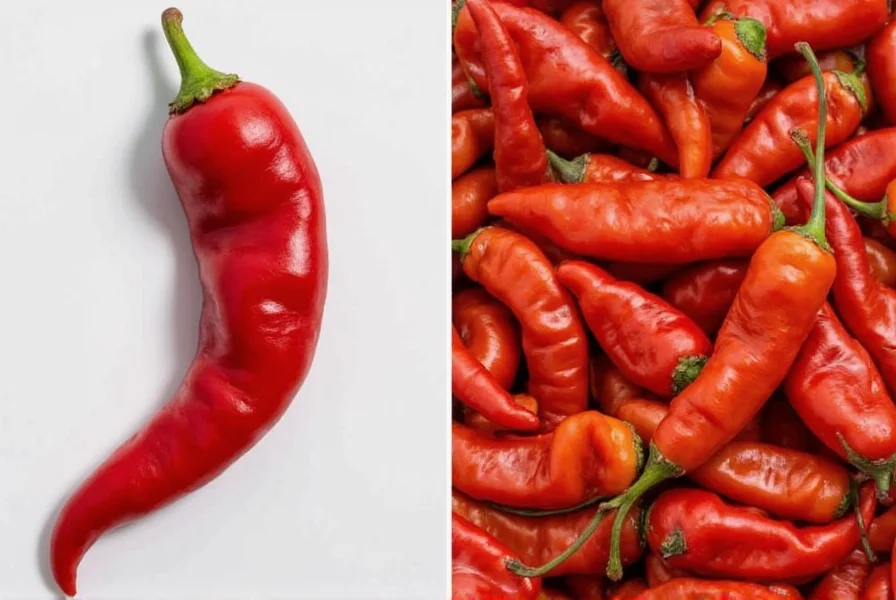
Cooking Tips for Using Guajillo Peppers
Ready to unleash the magic of guajillo in your kitchen? Here are some practical tips to make the most of them:
1. Remove the Seeds and Veins
Even though guajillos aren’t super spicy, removing the seeds and veins will help reduce bitterness and control the heat level.
2. Toast Before Rehydrating
Toast the peppers lightly in a dry pan until fragrant. This brings out deeper flavors and enhances the overall depth of your sauce or dish.
3. Rehydrate in Hot Water or Broth
- Place peppers in a bowl
- Pour boiling water or broth over them
- Let sit for 15–20 minutes until soft
4. Blend Into a Smooth Sauce
Use a blender or food processor to puree the softened peppers. Add garlic, onion, vinegar, or spices to taste for a custom sauce base.
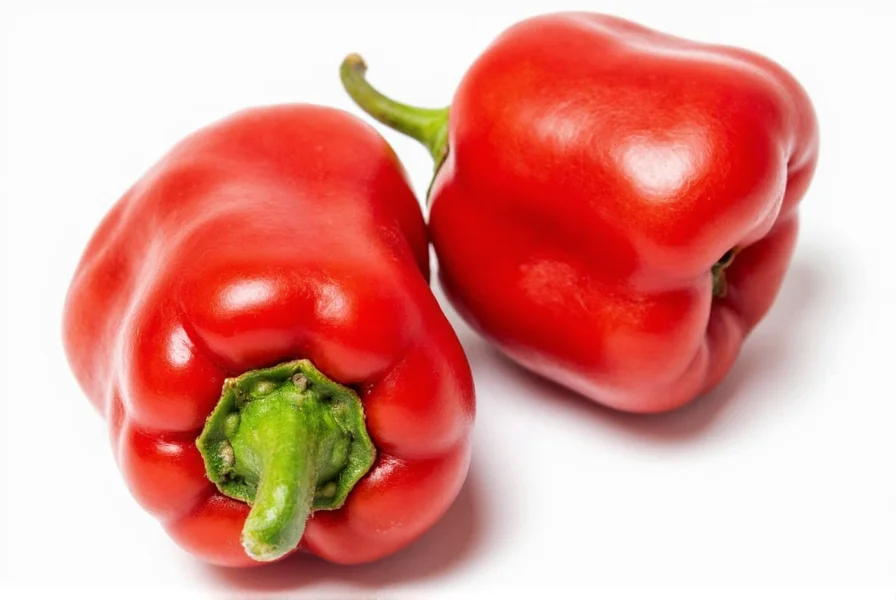
Frequently Asked Questions (FAQs)
Can I eat guajillo peppers raw?
No, guajillos are typically consumed dried and rehydrated. Eating them raw isn’t recommended due to their tough texture and concentrated flavor.
Are guajillo and ancho peppers the same?
No, while both are dried chiles, ancho peppers come from poblano chiles and have a sweeter, more earthy flavor, while guajillos offer a more complex, fruity note.
What’s a good substitute for guajillo?
If you can't find guajillos, try using pasilla or a combination of ancho and cayenne pepper to mimic the flavor and heat profile.
How long do guajillo peppers last?
Stored in an airtight container in a cool, dark place, guajillos can last up to a year. Ground versions should be used within 6 months for optimal flavor.
Conclusion
The guajillo chile may not top the Scoville chart, but what it lacks in heat, it more than makes up for in flavor. With its unique blend of berry notes, subtle spice, and versatility in the kitchen, it’s no wonder it’s a cornerstone of Mexican cooking.
Whether you're making traditional moles, homemade salsas, or experimenting with fusion flavors, the guajillo pepper is a fantastic addition to any spice lover’s pantry. So go ahead, grab a handful, toast them up, and let your taste buds travel south of the border.


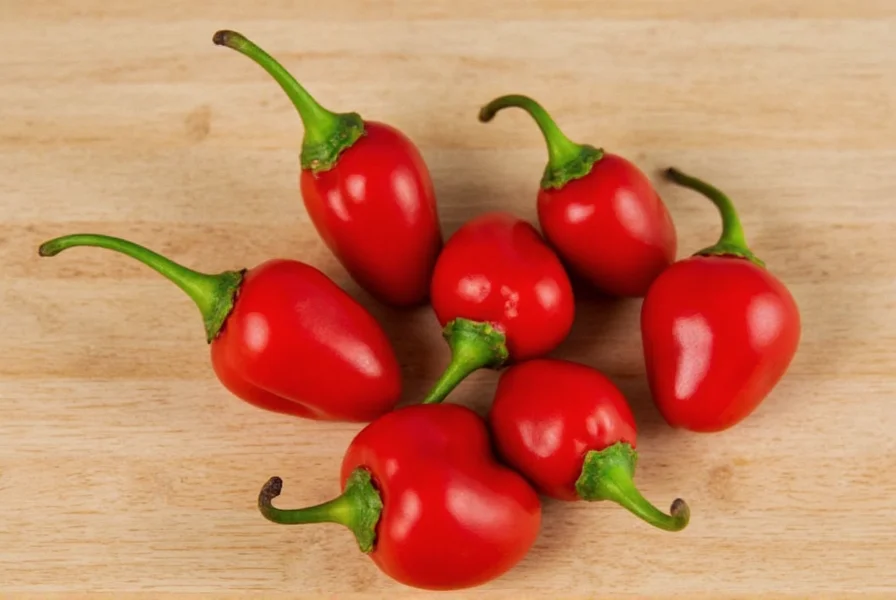









 浙公网安备
33010002000092号
浙公网安备
33010002000092号 浙B2-20120091-4
浙B2-20120091-4